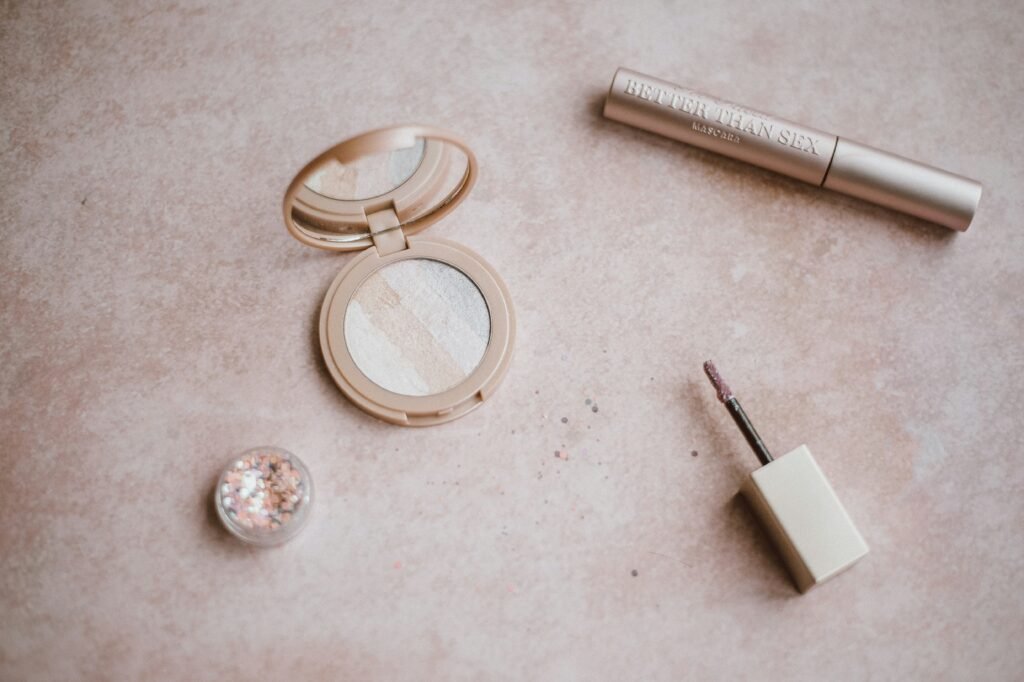
Fashion has undeniably evolved through the ages, reflecting the social, economic, and cultural contexts of each period. In ancient times, clothing was largely dictated by necessity and societal norms, with civilizations like Egypt and Rome using garments to signify status and profession. The tunics, togas, and elaborate headdresses of these early epochs set foundational principles for later sartorial developments.
The Renaissance period marked a significant shift in fashion, driven by a burgeoning interest in art and individual expression. During this time, clothing became a medium for displaying wealth and refinement. The opulent fabrics, intricate embroidery, and elaborate silhouettes of the attire were emblematic of this era’s artistic fervor. This trend continued into the Baroque and Rococo periods, where grandeur and extravagance remained the fashion ethos.
The Victorian era witnessed a more restrained yet complex sartorial style, characterized by the use of corsets, crinolines, and an abundance of layers. Social status and morality were often reflected through one’s dress, with the middle and upper classes adhering to stringent dress codes. However, the onset of industrialization introduced mass production, democratizing fashion to some extent by making it accessible to the wider population.
The early 20th century saw dramatic transformations, especially during the Roaring Twenties. This decade embraced a significant departure from prior restrictive garments towards more relaxed, androgynous styles typified by flapper dresses. Fashion became a symbol of modernity, mirroring the liberating social movements of the time.
Post-World War II, the mid-20th century brought further innovation and diversity to fashion. Designers like Christian Dior, with his “New Look,” revolutionized women’s wear, emphasizing femininity through cinched waists and voluminous skirts. The 1960s and 70s saw the rise of youth culture influencing fashion, with trends like miniskirts, bell-bottoms, and psychedelic prints.
Today’s fashion landscape is a melange of past influences and contemporary innovations, continually evolving with technology, sustainability concerns, and ever-changing consumer preferences. Iconic designers such as Coco Chanel, Yves Saint Laurent, and Karl Lagerfeld have left indelible marks, shaping the course of fashion history and setting enduring trends. The ever-evolving nature of fashion attests to its profound connection with societal dynamics, making it a fascinating tapestry of human history.
The history of makeup is a fascinating journey that stretches back to ancient civilizations and continues to evolve in modern times. From rudimentary beginnings in ancient Egypt to contemporary beauty standards, makeup has consistently played a significant role in shaping cultural identities and social perceptions.
In Ancient Egypt, makeup was not merely about aesthetic enhancement but also possessed religious significance. Egyptians used materials like kohl to darken their eyes, creating the iconic almond-shaped look. This practice was believed to protect against evil spirits and the harsh desert sun. Their advanced use of cosmetics set a foundation for how beauty practices could intertwine with cultural and spiritual realms.
As we move through history, ancient Greece and Rome also showcased distinct makeup practices. Greek women used white lead to achieve a pale complexion, a sign of affluence, while the Romans utilized a variety of ingredients such as wine sediments for lipstick. These societies viewed makeup as a symbol of social status, clearly delineating the elite from the common populace based on their beauty rituals.
The Middle Ages saw a decline in overt cosmetic use due to the Church’s moral dominion, which discouraged the use of makeup, associating it with vanity and deception. However, during the Renaissance, makeup re-emerged with vigor. The era’s iconic powdered faces and bright lips highlighted the period’s celebration of art and human beauty, influenced heavily by figures like Queen Elizabeth I of England, whose distinctive white face paint and red lips left a lasting historical imprint.
Entering the 20th century, makeup became more commercialized and accessible, thanks in part to influential figures like Hollywood actresses, who set new beauty benchmarks. Icons such as Marilyn Monroe and Audrey Hepburn epitomized glamour and style, inspiring generations of women worldwide. The beauty industry saw significant advancements with the development of new products, techniques, and an ever-expanding array of colors and styles.
Today, makeup holds multifaceted significance: from personal expression and professional necessity to artistic creativity. Beauty standards and practices continue to evolve, shaped by cultural shifts and technological advancements. The diverse and inclusive direction of contemporary cosmetics demonstrates a significant departure from traditional, rigid standards, celebrating individual uniqueness and broader societal changes.